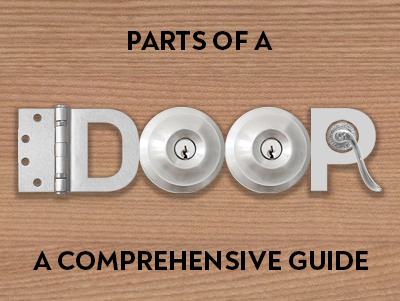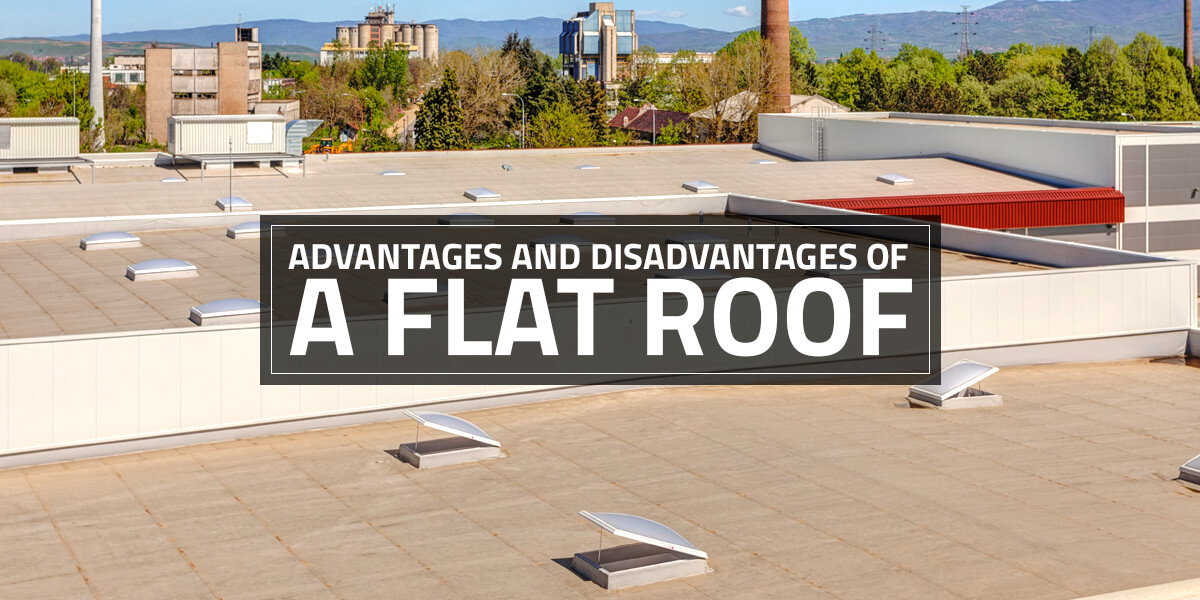
Flat roofs haven’t always had a good reputation, mainly because of their low resistance against heavy rain. However, modern technology has extended the life of these roofs thanks to the innovative materials they’re now made of. Over the last few years, the popularity of flat roofs has grown, which is why we’re starting to see these roofs appear more in modern commercial and residential buildings. If you’re toying with the idea of a flat roof instead of a sloped one for your outbuilding or extension, we’ve rounded up the top advantages and disadvantages of flat roofs to help you make an informed decision.
What Exactly is a Flat Roof?
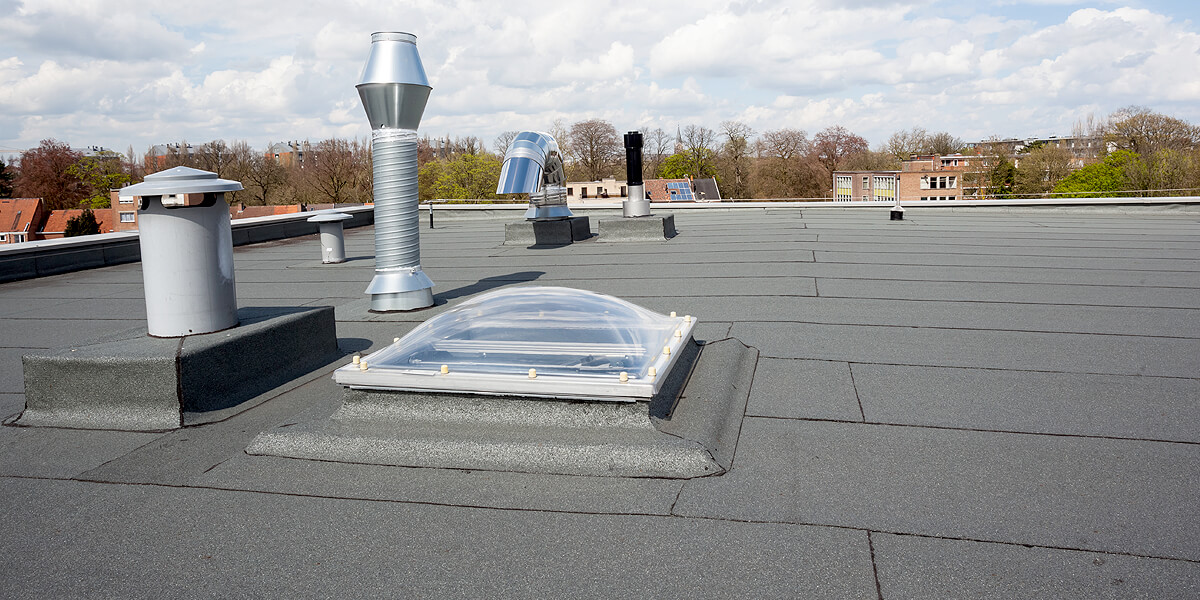
A flat roof is an almost level roof consisting of a horizontal base installed to the joints of the ceiling. This base is covered with a waterproof membrane. Despite the name, most flat roofs have a slight pitch to help water drain away more easily. The standard pitch of the flat roof is never greater than 10-15° to the horizontal. This type of roof is often installed on small outbuildings, extensions, garages or carports.
What are the Advantages of a Flat Roof?
Cost Effective
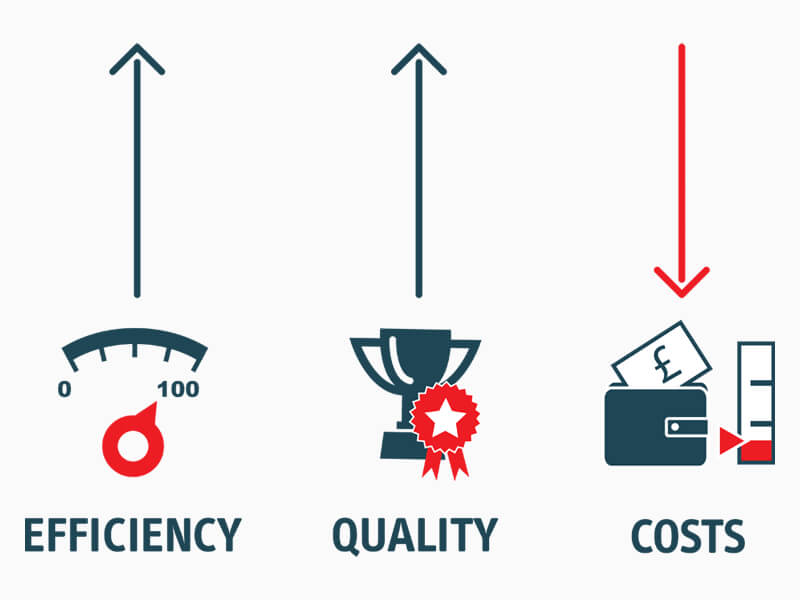
One of the biggest reasons why flat roofs are gaining popularity is due to their affordability. These roofs keep the cost of extensions down, so if you're considering adding a conservatory or an additional room to the upper floor of your home at a later date, a flat roof will prove to be much less expensive than a pitched roof extension. Aside from awkward installation, the repair process of pitched roof extensions makes them more expensive than flat roofs.
Outside Storage
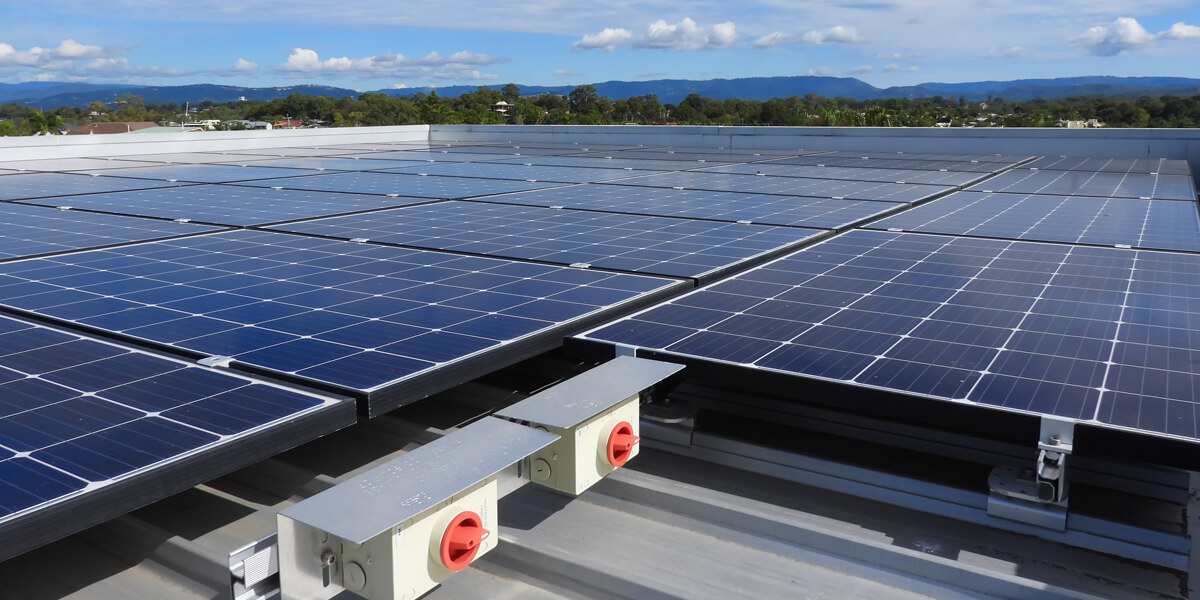
Looking for handy storage space for your ladders, solar panels, or satellite dish? A flat roof is a more secure (and discreet) option for installing these items and more without looking like an eyesore on a pitched roof.
Better Accessibility
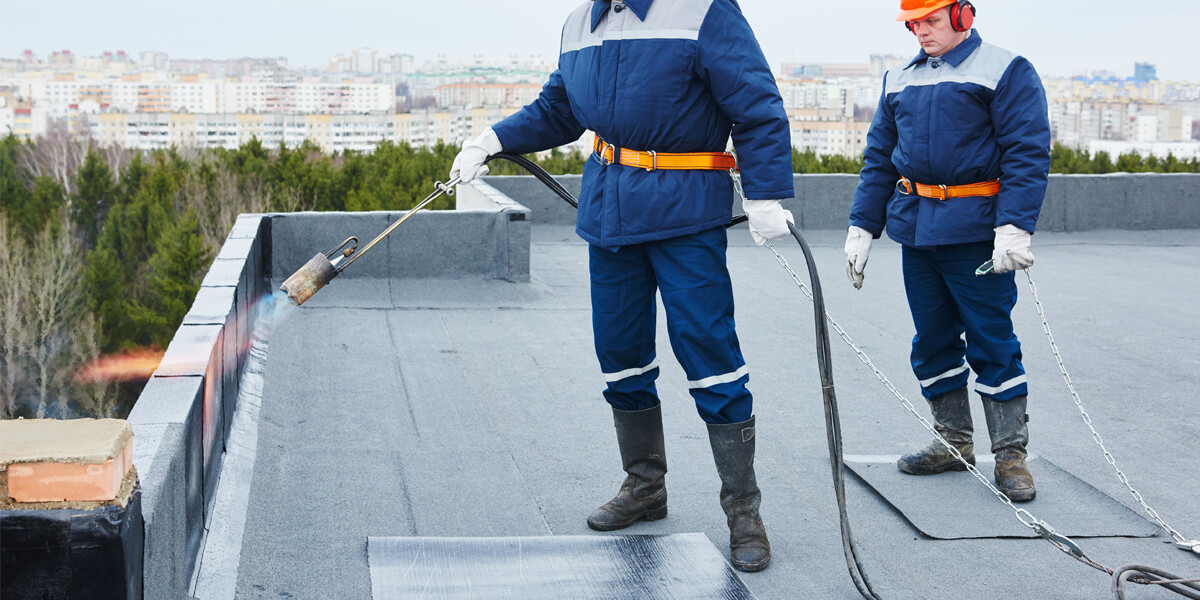
Have you ever climbed a sloped roof? Yes, so have we! The accessibility of a steep-pitched roof is a challenge, to say the least – even for professional roofers. If you intend to maintain your roof regularly, then you're likely to find that a flat roof is far more accessible than a pitched one.
Easy to Repair and Maintain
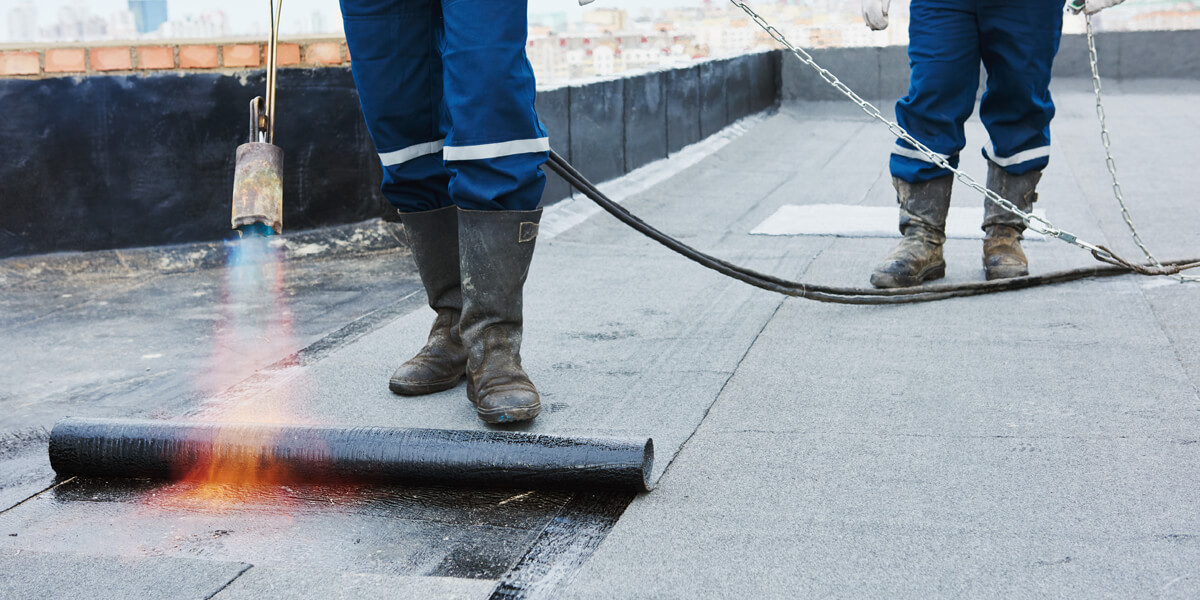
When it comes to a long-term investment like a roof, maintenance plays a key role. With a flat roof, you can easily climb up and carry out routine inspections of the gutters, clear the leaves and debris, and do just about any other basic repairs. Of course, it's always easier to leave these tasks in the hands of professionals, but in general, a flat roof is much easier to repair and maintain than a pitched one.
Durable

Modern flat roofs include high-performance membranes that are extremely durable when it comes to harsh weather conditions. One such material is EPDM, which comprises rubber materials and is environmentally friendly. This roofing is waterproof, fire-resistant, and wind-resistant and can remain intact for up to 50 years. This means you won't have to worry about your flat roof after a storm, temperature changes, or heavy rainfall. Another alternative to EPDM is the modified bitumen, which was introduced in the early 60s and consists of polymer-reinforced sheets for even more durability. So, we can safely say that a flat roof will remain in good condition year after year - unlike the more fragile roofing materials, such as clay and tiles, that can crack or break.
Maximum Use of Space
Installing a flat roof means you'll gain additional usable outdoor space. If your home lacks a good-sized yard, why not create a roof-top garden, barbeque area, or just somewhere to relax on your flat roof? There are endless possibilities for how you can use the space on a flat roof, and this is by far the best advantage of having one.
What are the Disadvantages of a Flat Roof?
Lack of Drainage
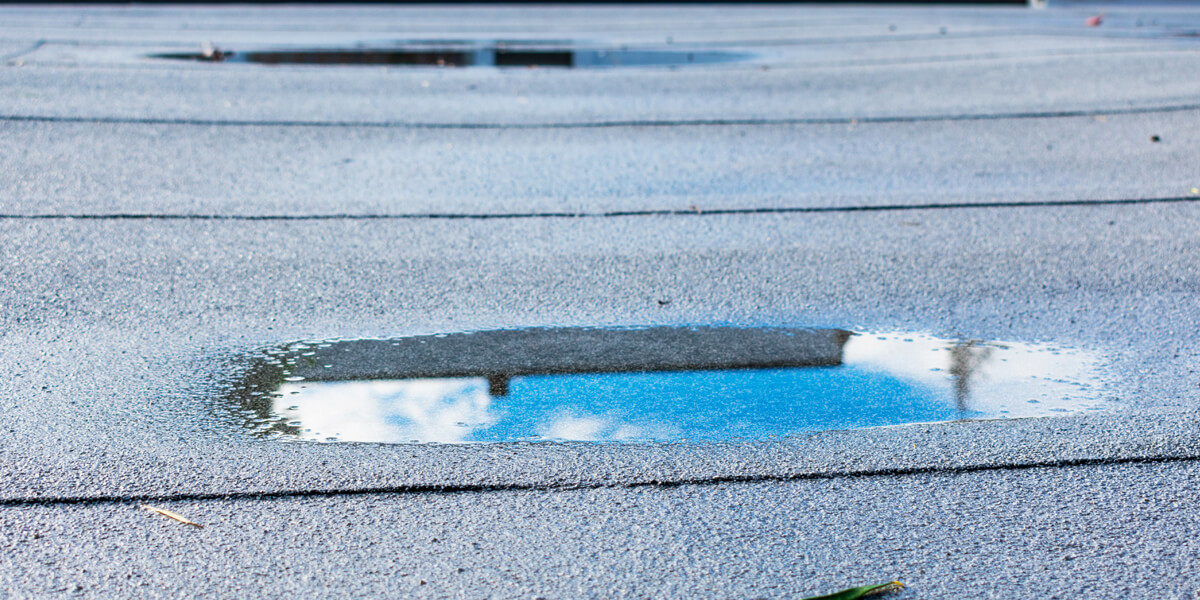
The biggest drawback of flat roofs is the drainage, or lack thereof. Sure, flat roofs do have a slight slope that drains the water, but not nearly as efficiently as a pitched roof. Rainwater tends to remain on the roof and form a puddle, which can lead to possible leaks or material damage. Our advice? When installing a flat roof, make sure you choose the highest-quality felts – even if you have to pay more for them! This will ensure your roof stays in good condition for longer.
Shorter Lifespan
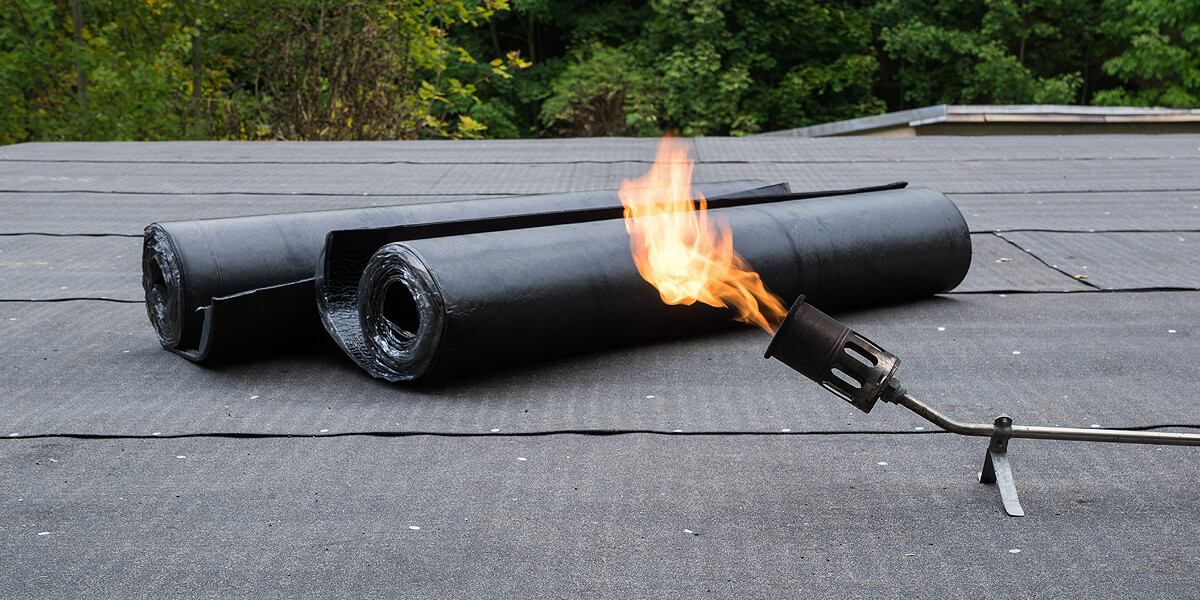
Older flat roofs don't last quite as long as pitched roofs. The vast majority are made of traditional felt, an inexpensive and readily available material that's easy to install. However, this roofing material has a limited lifespan of around 10-15 years. The solution? Polyurethane liquid, GRP fibreglass, or polycarbonate roofing can be installed in conjunction with EPDM rolled rubber to increase the roof's lifespan. These materials come at a slightly higher price and may be worth considering, but it's difficult to predict exactly how long they will last. EPDM rubber roofing, on the other hand, can last up to 50 years - as long as it doesn't get punctured!
Temperature Changes
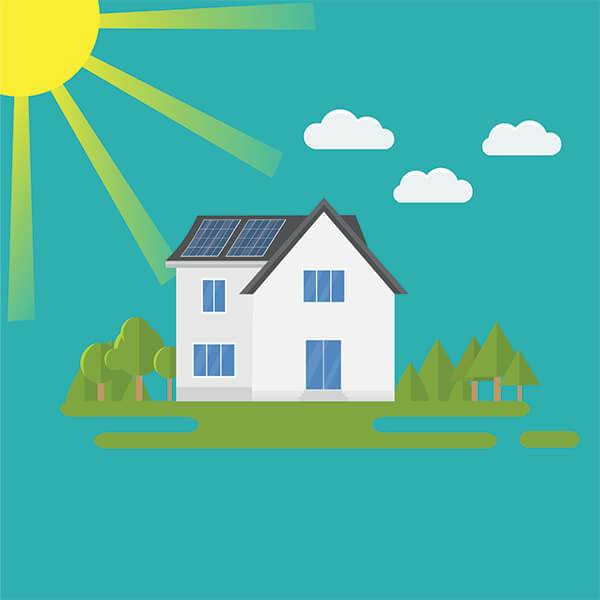
Flat roofs have a tendency to absorb heat more easily than pitched roofs. This is due to the fact that flat roofs are constantly exposed to sunlight all day. In the hotter months, your home can get very hot, and in winter, you'll feel uncomfortably cold. However, this isn't such a big issue if the flat roof is installed on the garage or shed, as you won't be spending a lot of time in the outbuilding or extension.
Higher Repair Costs
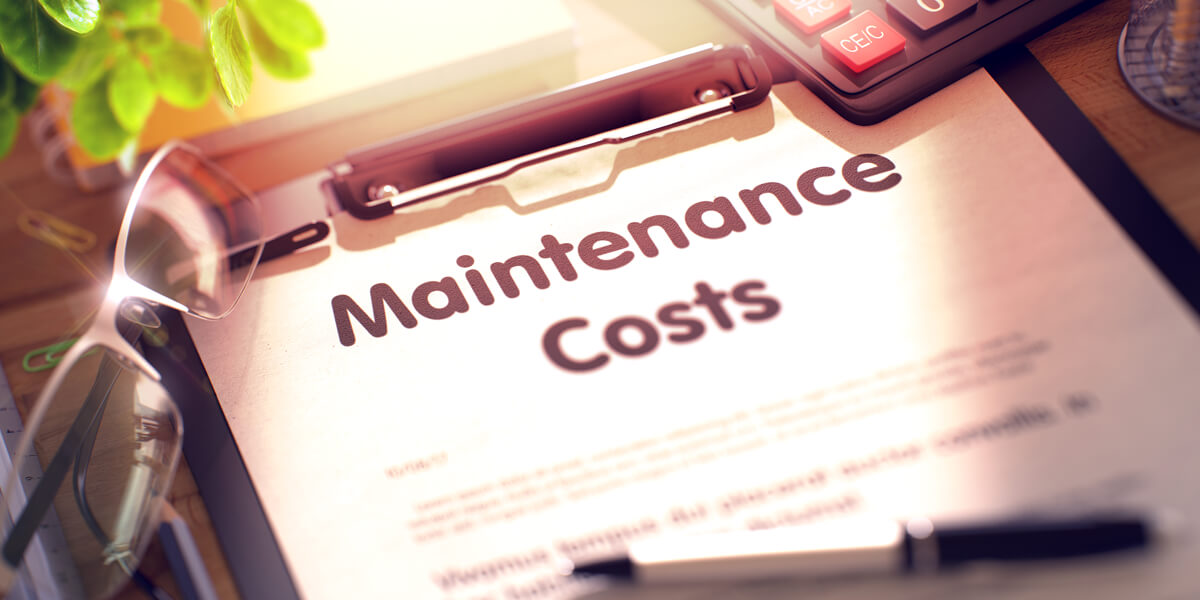
Flat roofs require more maintenance than pitched roofs because of their flat shape, so if you're not keen on doing all the work yourself, it can prove costly in the long term. No one likes to constantly pay for repairs, especially after adverse weather conditions that can damage the roof. The possibly serious repairs can add to the cost of maintaining a flat roof. The solution? It's advisable to inspect the flat roof twice a year, preferably in spring and autumn. After all, prevention is better (or cheaper) than cure, right? Arrange for the clearance of debris or leaves, as these can prevent proper drainage. Look for any signs of damage or leaks immediately after storms, and if necessary, get a structural surveyor to inspect the roof.
Final Thoughts
When installing a flat roof, keep in mind that it must have a slight pitch in order for rainwater to drain away successfully. As a rule of thumb, a minimum slope angle of 1:80 fall should be aimed for as this takes into account future material and surface deflection. The compact design of this type of roof makes it an ideal roofing solution for extensions, garages, and even commercial premises. By weighing up the pros and cons of a flat roof, you'll be able to make the best decision.
